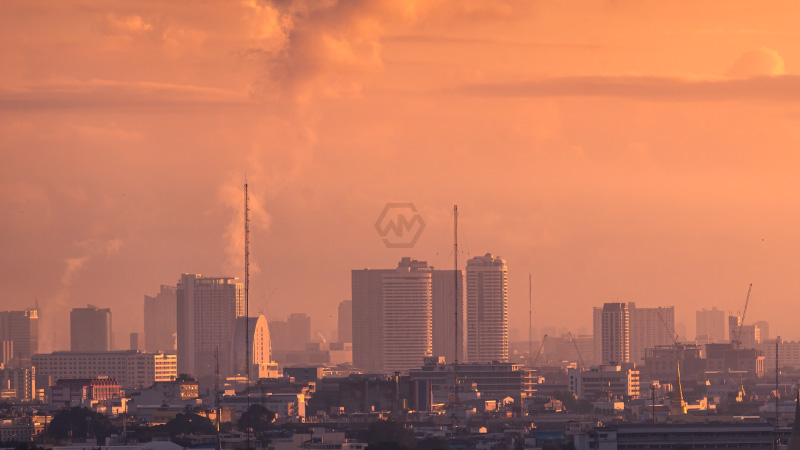On Wednesday, officials proclaimed it Ozone Action Day and issued an Air Quality Alert for some parts of Texas.
Today will be warmer with skies that will be largely sunny to partly cloudy and temperatures that will reach the upper 80s and 90s. However, a storm may arrive and cross the Rio Grande in the late afternoon or early evening despite there being little rain predicted elsewhere.
Ozone Action Day
Ozone Action Day for the San Antonio and Austin region will be observed on May 18, 2023, according to the Texas Commission on Environmental Quality (TCEQ). On Thursday, it’s expected that the atmosphere will be conducive to producing air pollution with high ozone concentrations in the San Antonio and Austin area.
Sharing a taxi or walking, stopping to eat at your desk, cycling, or avoiding driving through lanes are all ways to reduce ozone pollution. You can also save gasoline and keep your car properly tuned to prevent ozone pollution.
- Officials declared Ozone Action Day and issued an Air Quality Alert.
- Ozone Action Day will be celebrated on May 18, 2023.
- TCEQ forecasts OAD for 17 Texas regions every day.
For 17 key Texas regions, TCEQ meteorologists forecast Ozone Action Days (OAD) every day. These forecasts state whether it is expected that the EPA’s AQI Level Orange for ozone in a specific area will be met or surpassed the next day.
The ozone measures, ozone prediction algorithms, and historical meteorological data are all used by TCEQ meteorologists to create these forecasts. When an Ozone Action Day is proclaimed, the TCEQ notifies local groups and the National Weather Service by contacting representatives in the affected areas.
Higher readings on the Air Quality Index (AQI) scale, which has a 0 to 500 range, signify higher levels of air pollution and health concerns. The AQI is divided into six groups, each of which has a different color.
The AQI is at level orange, which is unhealthy for nearby sensitive groups when the index is between 101 and 150. Sensitive group members might experience poor health outcomes, but the general populace is less likely to be affected.



